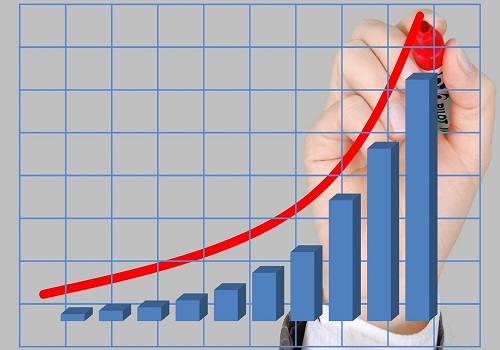How volatility hit the Indian markets in last three elections

Lok Sabha elections and the stock market are deeply connected. Every election year, the market faces some volatility. This year has the same story as well.
In 2014, the Lok Sabha elections were held in nine phases between April 7 and May 12 and the results were declared on May 16.
A big surge was seen in the market before the elections started in 2014. Nifty was at 6,041 points on February 10, which reached 6,776 points by April 7. During this period, Sensex increased from 20,414 points to 22,628 points. In the next three weeks, from April 7 to April 28, Nifty remained within a limited range of 200 points and Sensex remained within 500 points.
The market once again witnessed a big rally from April 28 to May 19. Nifty reached 7,367 points. During this period, the Sensex also reached 24,693 points.
In 2019, the Lok Sabha elections were held in seven phases between April 11 and May 19 and the results were declared on May 23.
The stock market went up before the election. Nifty was at 10,738 points on February 18 which reached 11,752 points on April 15. The Sensex went up from 20,414 points to 22,628 points during this period.
During the voting period, there was a decline in the market for the next three weeks from April 15 to May 6. During this period, the Nifty fell to 11,278 points and the Sensex to 37,462 points. But in the next three weeks i.e. till May 27, the market again gained momentum, due to which Nifty rose to 11,922 points and Sensex to 39,714 points.
India VIX, which reflects market volatility, sees a significant increase during Lok Sabha elections. India's VIX began to rise 22 days before the 2014 elections, whereas in 2019, this trend was seen 35 days earlier.
This year, voting is being held in seven phases from April 19 to June 1 and the results will be announced on June 4.
This year also there was an initial rise in the market before the elections. Nifty was at the level of 21,839 points on March 20, which reached 22,753 points on April 10. During this period, Sensex increased from 72,101 points to 75,038 points.
After this, the market declined, and by April 18, Nifty and Sensex slipped to 21,995 points and 72,488 points respectively. Since then Nifty has been trading between 22,750 points and 22,800 points and Sensex is trading between 72,000 points and 75,100 points.






















